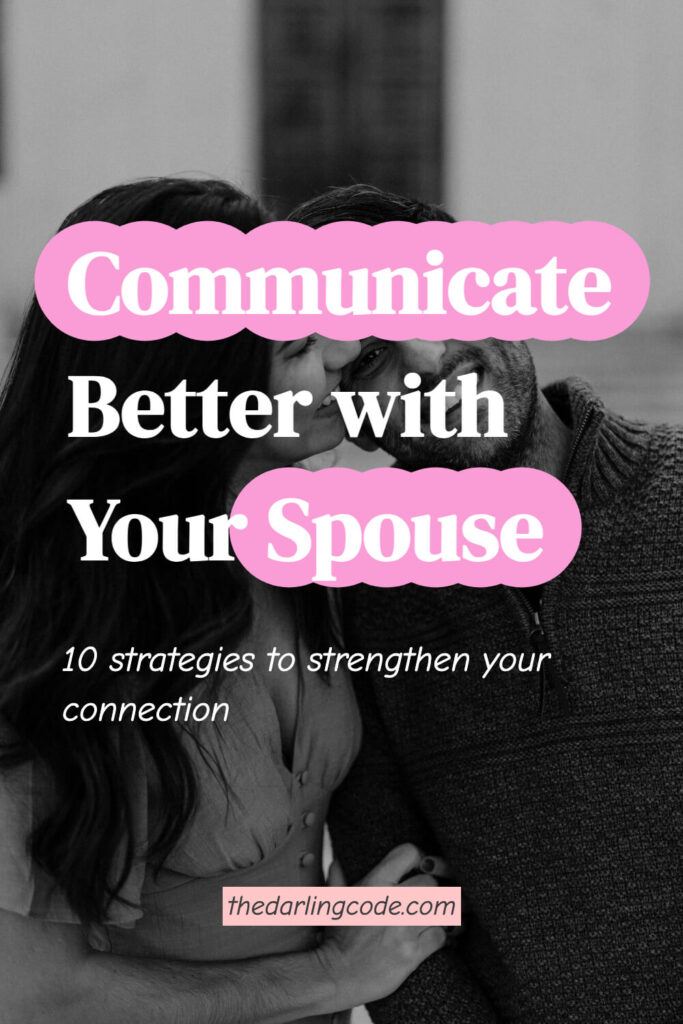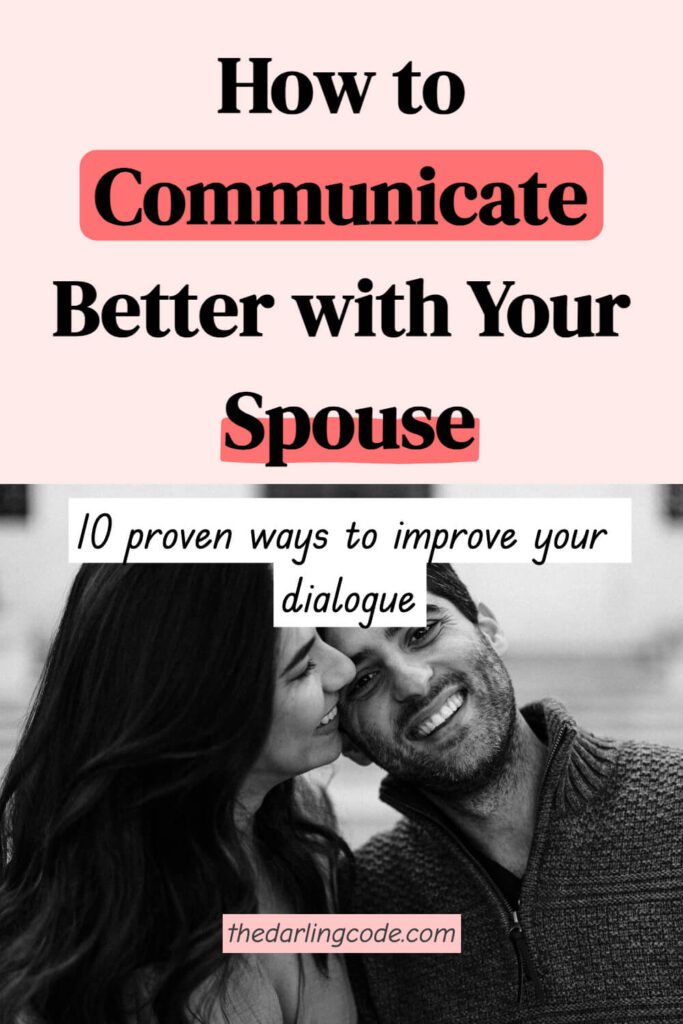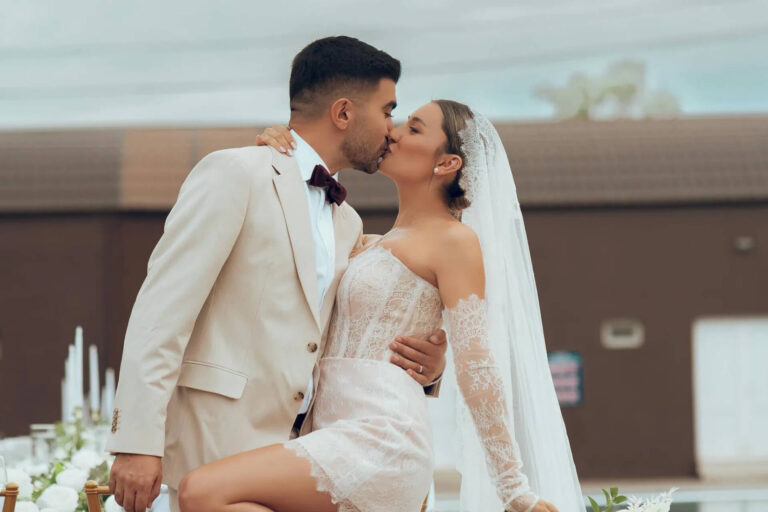How to Communicate Better With Your Spouse: 10 Gentle Strategies for Deeper Connection
The experiences shared in this article are based on real emotional journeys, but all personal details are anonymized and used with the explicit written permission of the clients. Any resemblance to actual persons, living or dead, is purely coincidental. We are committed to treating all client stories with the utmost confidentiality and respect.
Frozen Dinners and Thawing Hearts
Last Thursday evening, I bumped into a client at the grocery store’s frozen food aisle—the kind of fluorescent-lit, overly air-conditioned place where life’s messy realities often peek through.
She stood staring at a stack of microwave meals, her cart filled with identical TV dinners.
When I asked if she needed help choosing, she laughed nervously: “My husband’s been working late all month. I keep buying these because… well, cooking for one feels too sad.”
Her voice cracked on the last word, drowned out by the hum of freezers.
As we shuffled past a stocker restocking pizza rolls, she added quietly: “We used to argue about everything. Now we just… coexist.”
The cold air nipped at our sleeves as she confessed how their silence had grown louder than any fight.
It’s a pattern I’ve seen in my 10+ years guiding couples: When communication breaks down, even frozen peas become metaphors for loneliness.
But warmth can return—one intentional conversation at a time.
Save this article for later—Pin it to Pinterest and come back when you need it! 📌

1. Practice “Active Listening” (Even When It’s Hard)
The grocery list that taught a powerful lesson.
True listening means silencing your inner narrator.
One couple I worked with—let’s call them Jen and Tom—nearly divorced over something as mundane as grocery shopping.
Jen felt Tom never noticed her effort to meal-plan; Tom felt criticized for “never doing anything right.”
Their breakthrough came when they tried a simple exercise: mirroring.
During disagreements, they’d repeat each other’s key points verbatim before responding.
Try this tonight:
- Put down your phone/remote/book. Say: “I want to focus fully—can you repeat that?”
- Acknowledge their perspective first: “So you’re saying…” before sharing yours.
2. Use “I-Statements” to Soften Conflict
How a burnt casserole saved date night.
“You ruined dinner” feels like an attack.
“I felt disappointed spending hours cooking alone” invites collaboration.
Years ago, my husband and I hit a rough patch where we’d nitpick each other’s habits.
One tense evening, I blurted: “I miss laughing with you like we used to.”
That vulnerable “I-statement” became our turning point—we ordered pizza and spent the night reminiscing instead of arguing.
Reframe blame:
- ❌ “You’re always late!” → ✅ “I worry we’ll miss the movie—could we leave earlier next time?”
- ❌ “You don’t care!” → ✅ “I feel lonely when we don’t talk about our day.”
3. Schedule Regular “Check-In” Conversations
The dashboard light that illuminated their marriage.
A client once compared her marriage to her car’s “check engine” light—ignored until things broke down.
She and her partner now set a 15-minute weekly “relationship diagnostic”:
- Appreciation: “Thank you for handling the vet appointment.”
- Concern: “I’ve felt disconnected since your work trip.”
- Request: “Could we cook together Saturday morning?”
Pro tip: Pair check-ins with a pleasant ritual—iced tea on the porch, a shared dessert—to ease tension.
4. Embrace the Power of Nonverbal Cues
The hug that said more than words.
A client once shared how her husband’s habit of scrolling through his phone during conversations made her feel invisible.
They agreed to a “no screens” rule during meals and introduced a simple gesture: a 10-second hug when one person felt overwhelmed.
Over time, this physical connection became a bridge to emotional reconnection.
Try this:
- Hold eye contact for 3 seconds longer than usual.
- Offer a gentle touch (e.g., a hand on the arm) during tense moments.
5. Name the “Unspoken” Emotions
The unacknowledged grief that almost broke them.
A couple I worked with struggled after a miscarriage.
The wife felt her husband was “cold” for not discussing it; he admitted he feared saying the wrong thing.
By naming their hidden emotions (“I’m scared to bring it up because I don’t want to hurt you”), they began to heal.
How to start:
- “I’ve noticed you’ve been quiet lately. Is there something you’re holding back?”
- “I’m feeling [emotion], and I wonder if you’ve felt it too.”
6. Create a “Safe Space” for Vulnerability
The time tears turned a fight into a breakthrough.
During a heated argument, a client’s husband suddenly teared up and admitted, “I’ve been terrified of failing you.”
That moment of raw honesty shifted their dynamic.
They now use a “red flag” phrase (“I need to be vulnerable right now”) to signal when a conversation requires extra care.
Build your own safe space:
- Agree on a code word to pause arguments and reset.
- Practice saying, “I might be wrong, but I feel…”
7. Address the “Small Stuff” Before It Grows
The unwashed dishes that almost ended a marriage.
A couple once came to me over a recurring fight about chores.
The wife felt her husband’s “laziness” was intentional; he saw her nagging as controlling.
We broke the cycle by having them write down specific frustrations and solutions (e.g., “I’ll load the dishwasher if you unload it”).
Action step:
- List 3 small recurring conflicts. Brainstrate 1 practical solution for each.
8. Practice “Repair Attempts” After Conflict
The joke that defused a decade-long grudge.
After a bitter argument, a client’s husband sheepishly texted her a meme about their inside joke.
That small gesture—a “repair attempt”—opened the door to reconciliation.
Research shows couples who consistently repair after fights have stronger relationships.
Try these:
- Send a lighthearted text: “Truce? I’ll let you pick the movie tonight.”
- Offer a sincere apology: “I’m sorry I raised my voice. That wasn’t fair.”
9. Decode Your Partner’s “Love Dialect”
The Coffee Cup Clue
A client noticed her husband’s eyes lit up when she held his hand—his love dialect was touch.
Meanwhile, she craved verbal affirmations he rarely offered.
They adapted by leaving sticky notes (“Your laugh fuels my mornings”) and prioritizing daily hand-holding walks.
Discover Without a Quiz:
- Spot Patterns:
- When did they last beam? Hint examples:
- Praise (words)
- Snack surprises (gifts)
- Chore help (service)
- When did they last beam? Hint examples:
- Listen to Frustrations:
- “You never just talk to me” → craves quality time.
- Test Small Gestures:
- Touch: Shoulder rubs during TV time
- Words: “I appreciated when you ___ yesterday.”
- Service: Refill their coffee without asking
Real-Life Hack:
Ask: “What’s one little thing I’ve done that made you feel cherished?”
Their answer reveals more than any quiz.
Try Tonight:
Fold laundry together and whisper “Remember when we…”
Simple acts speak their language.
10. Celebrate Progress, Not Perfection
The imperfect anniversary that became their favorite.
After a client missed their anniversary dinner due to work, her husband surprised her with a “redo” picnic in their backyard.
They laughed over burnt sandwiches, realizing connection mattered more than perfection.
Remember:
- Acknowledge effort: “I noticed you tried the mirroring exercise—thank you.”
- Celebrate small wins: “We made it through that tough talk—high five!”
Final Words from The Darling Code
Start small.
Tonight, try just one of these strategies—maybe the “I-Statement” or a 5-minute check-in.
Progress, not perfection, builds lasting connection.
You’re not just fixing communication; you’re honoring the love that brought you together.
With heart,
The Darling Code
P.S. Save this to your Pinterest “Relationship Goals” board! Today’s action step: Text your partner one specific appreciation, like: “I loved how you made coffee this morning—it started my day right.”
Got value from this article? Pin it to Pinterest for easy reference and help others discover it! 🌟


ABOUT THE AUTHOR
Carsey, Founder, Editor-in-Chief & Relationship Coach
Carsey is the heart and mind behind this space. As a Relationship Coach and Editor-in-Chief, she blends practical advice with storytelling to help you navigate love, connection, and everything in between.






